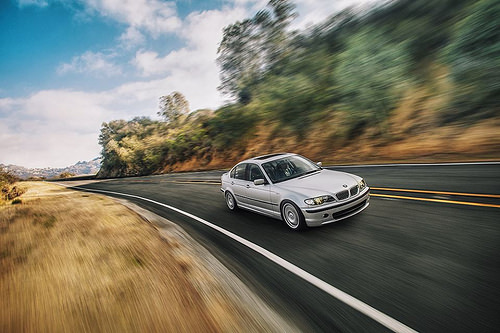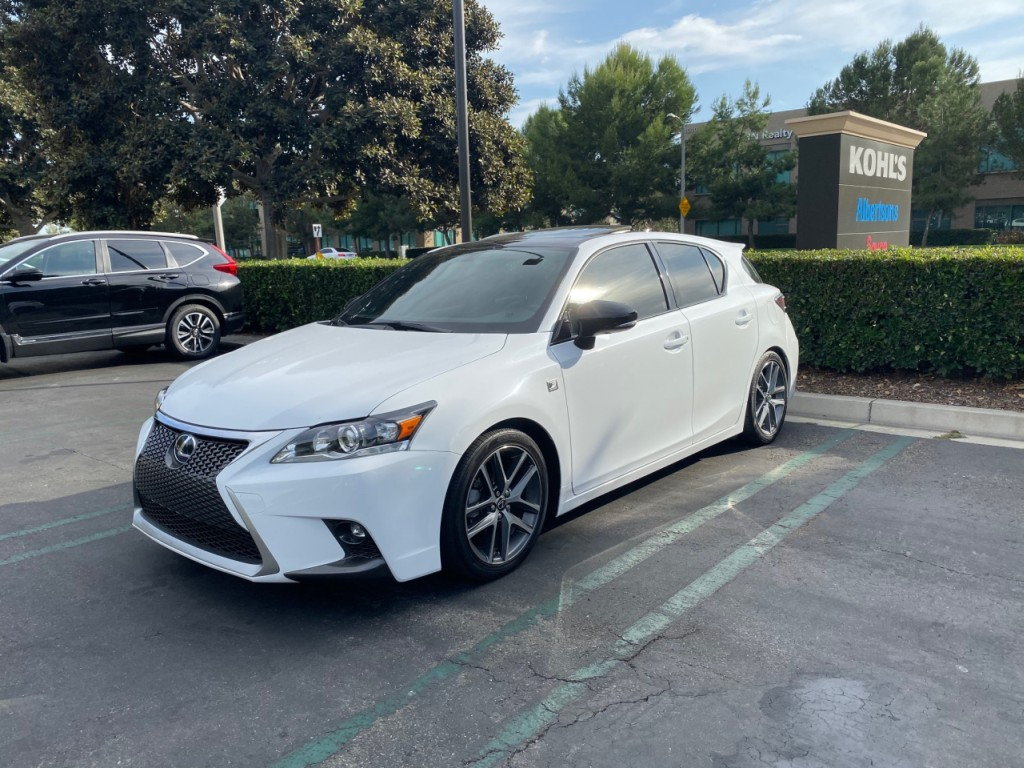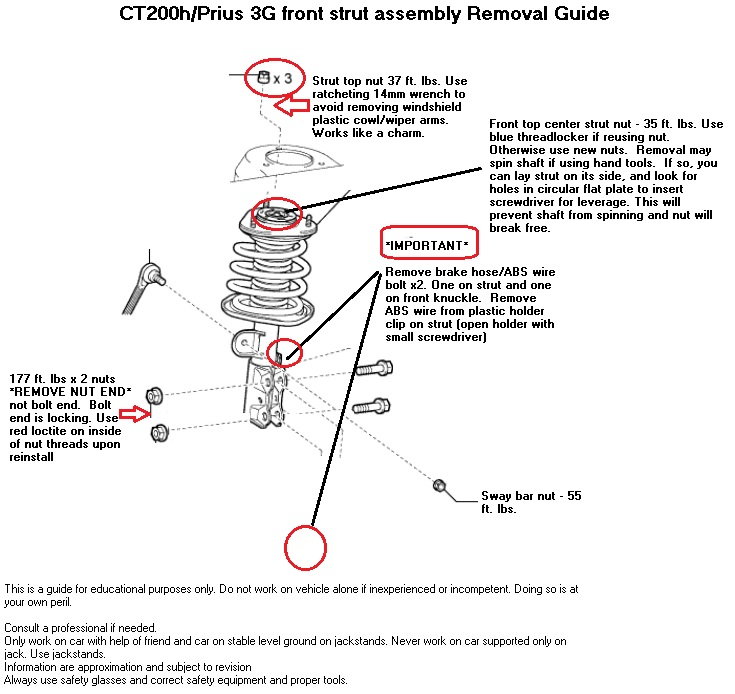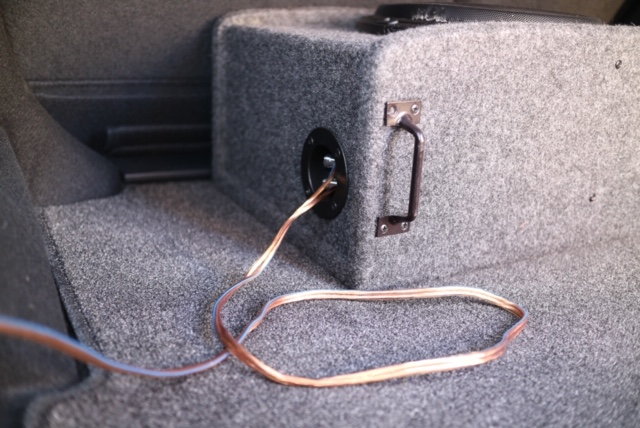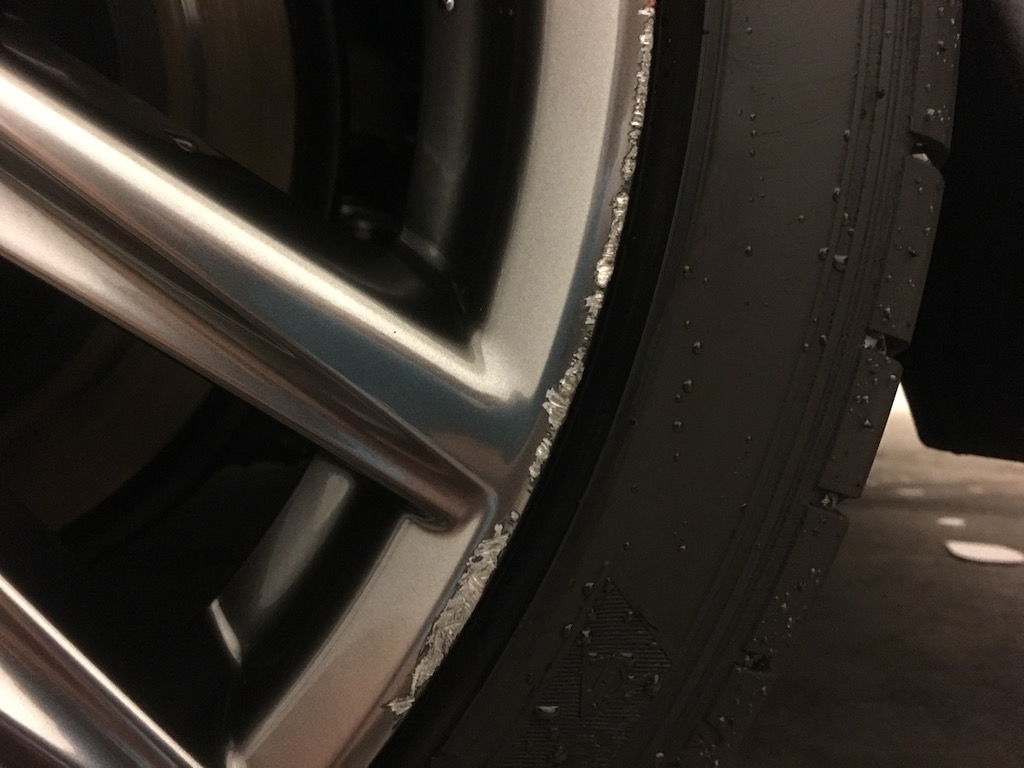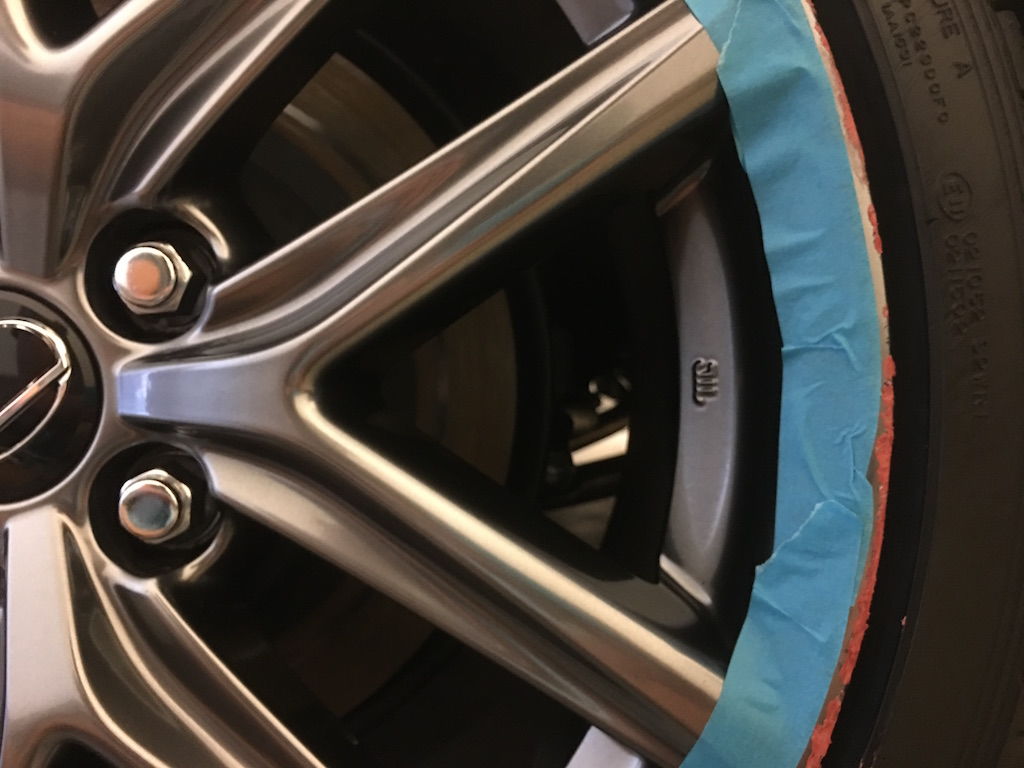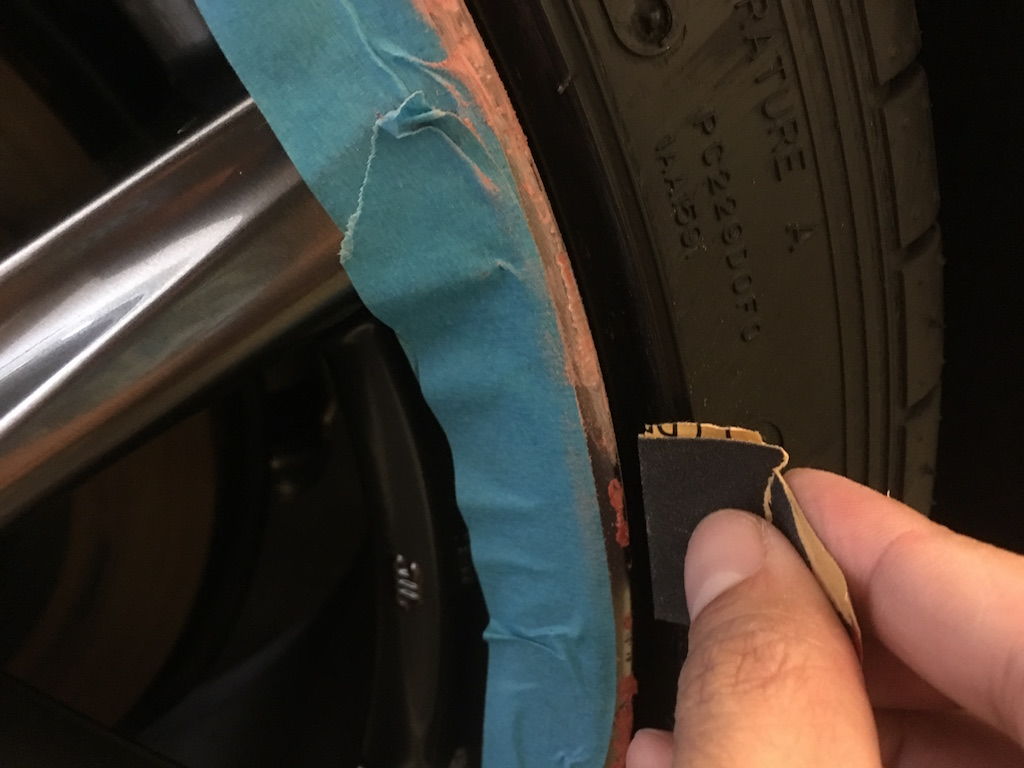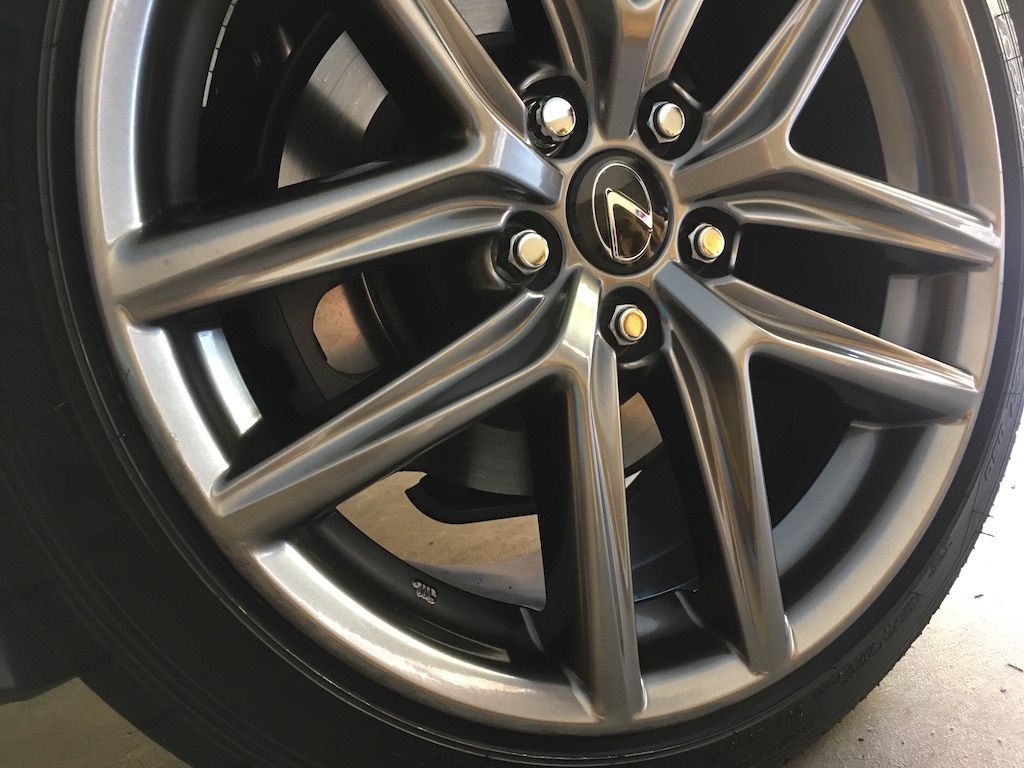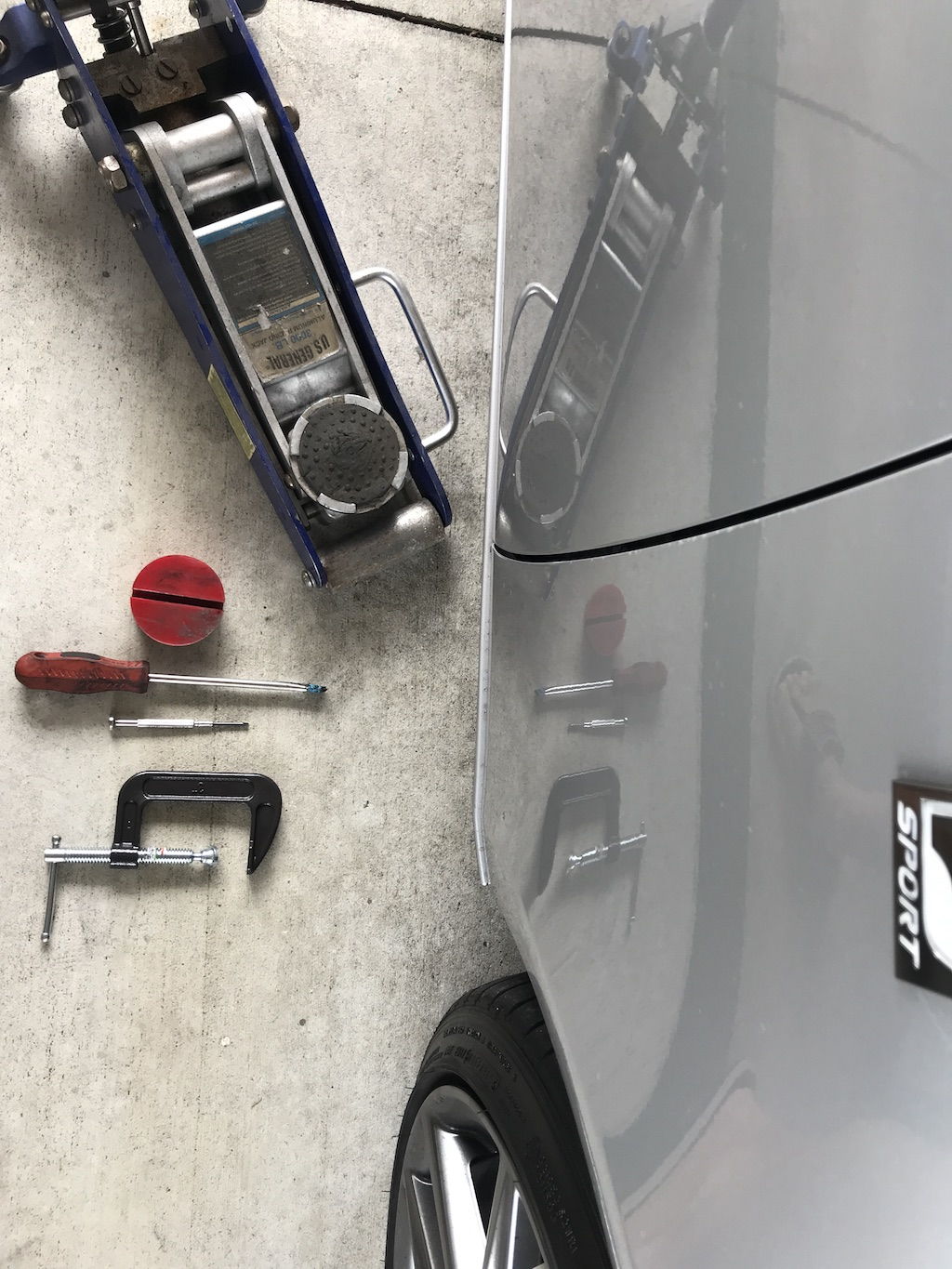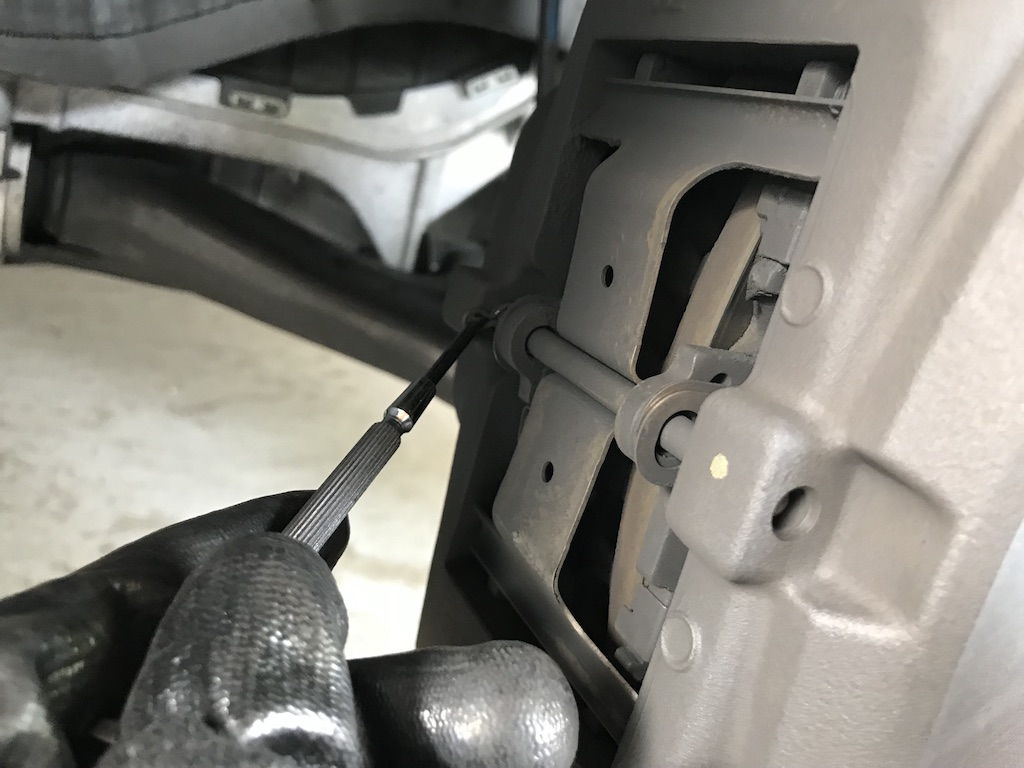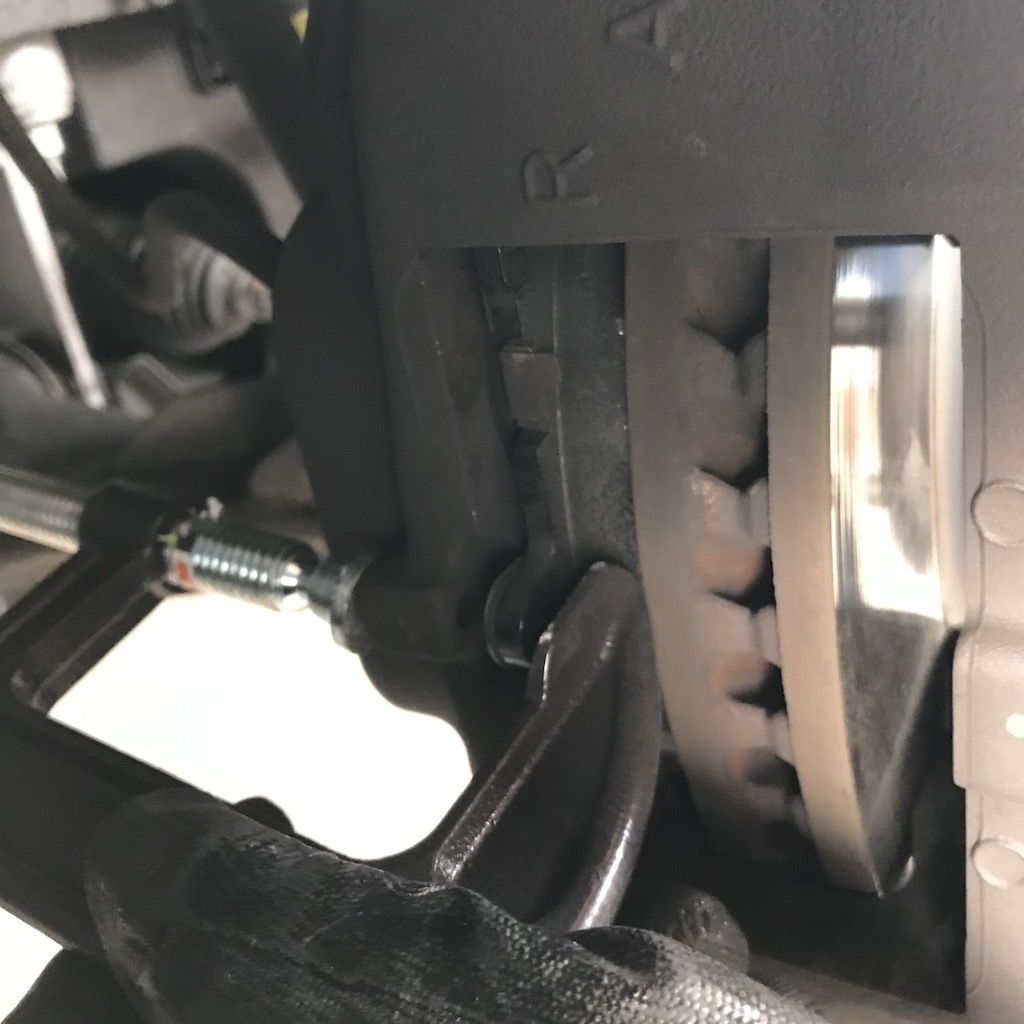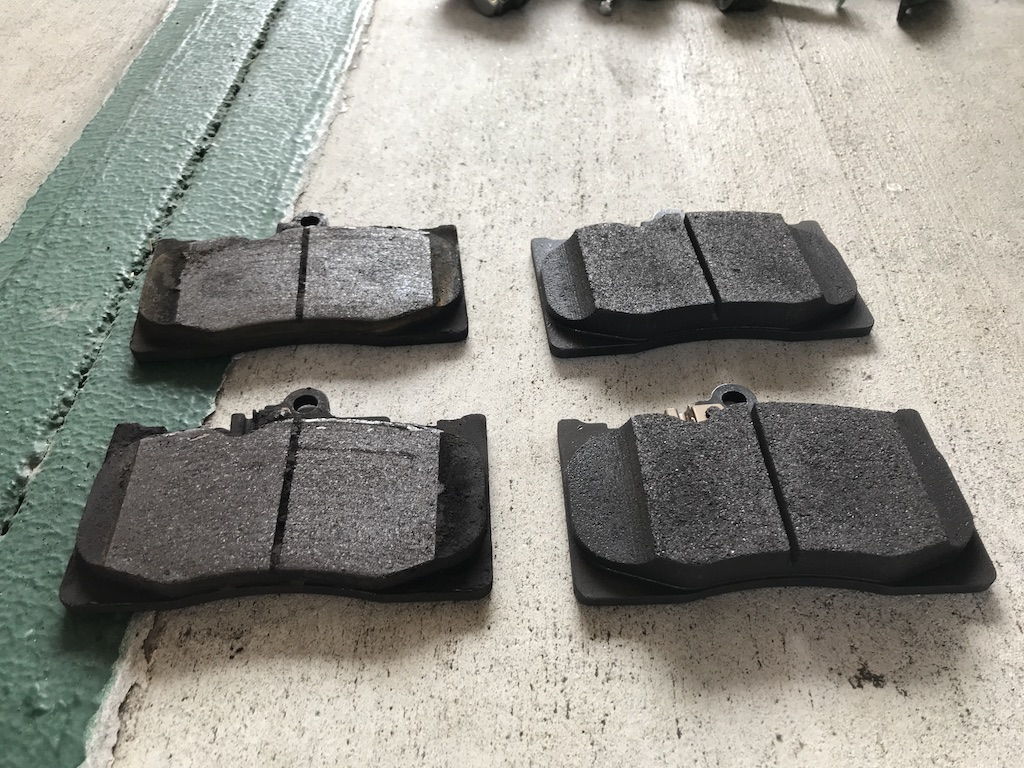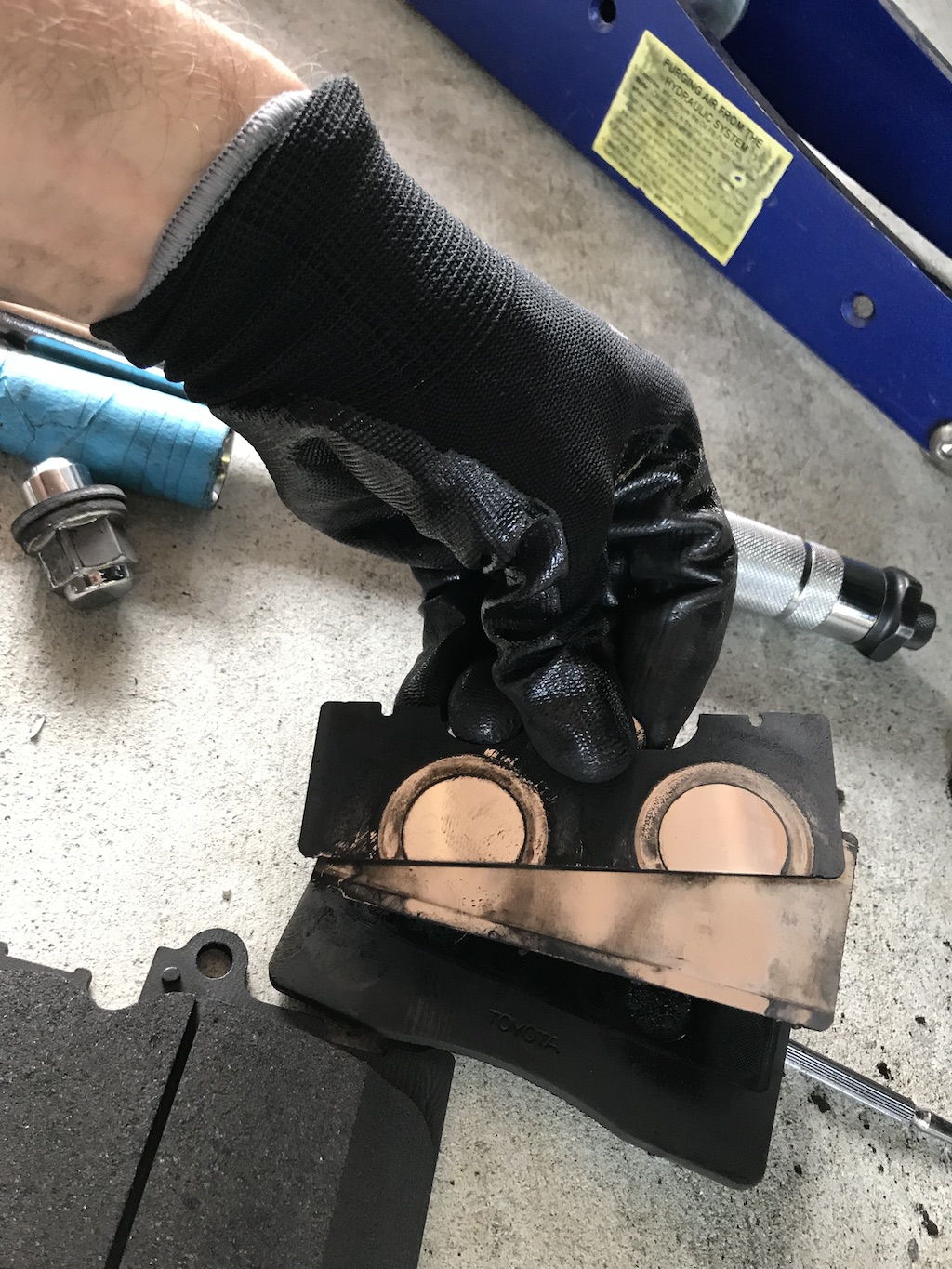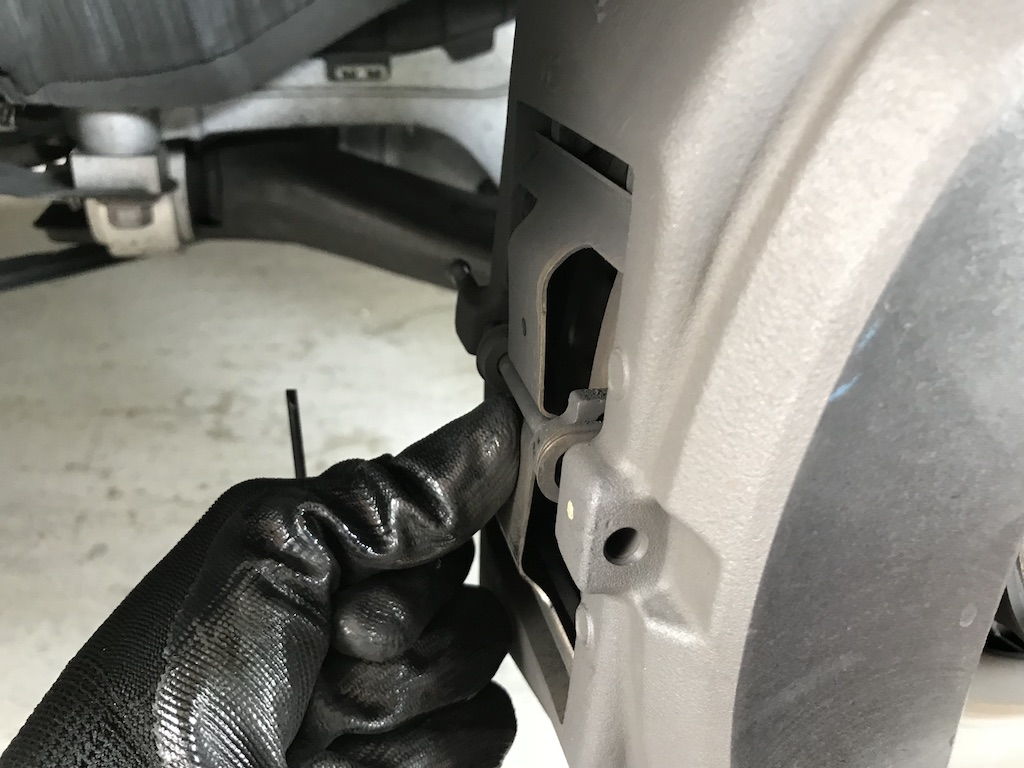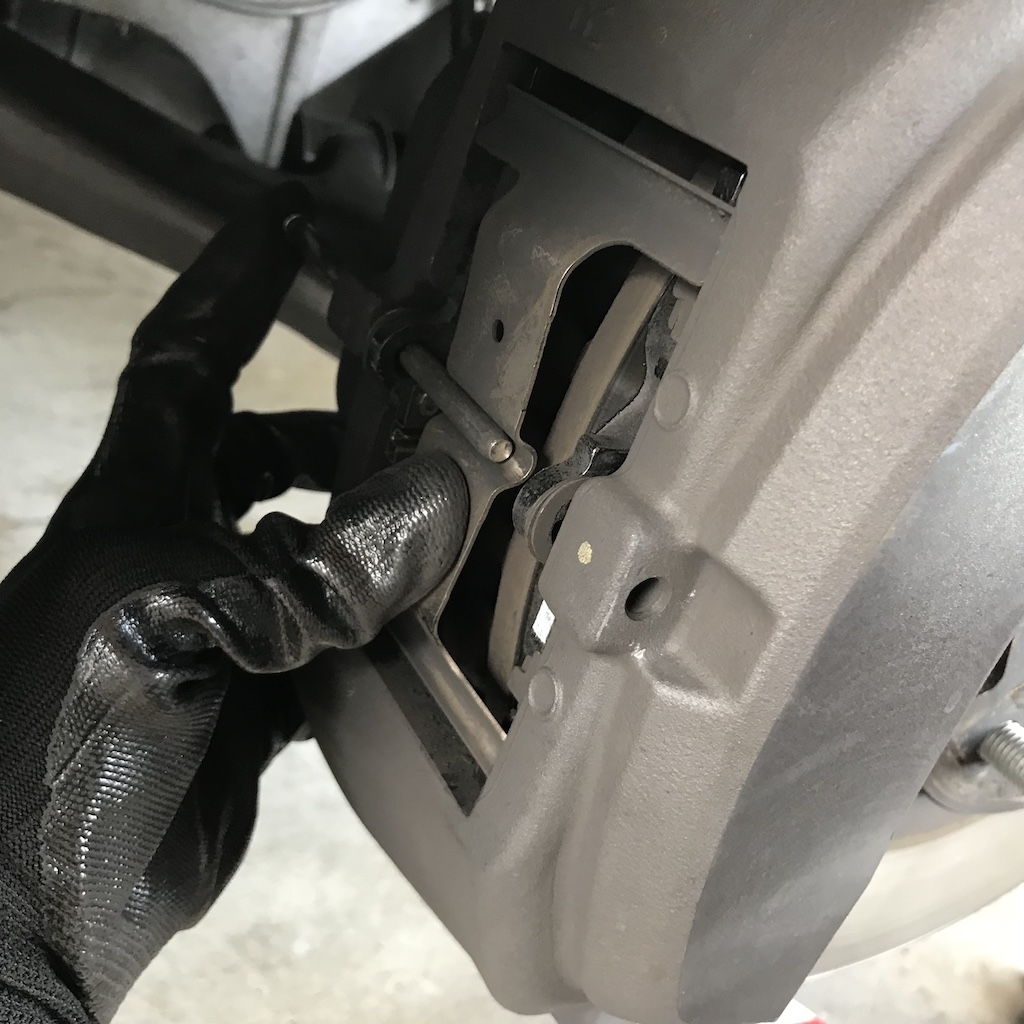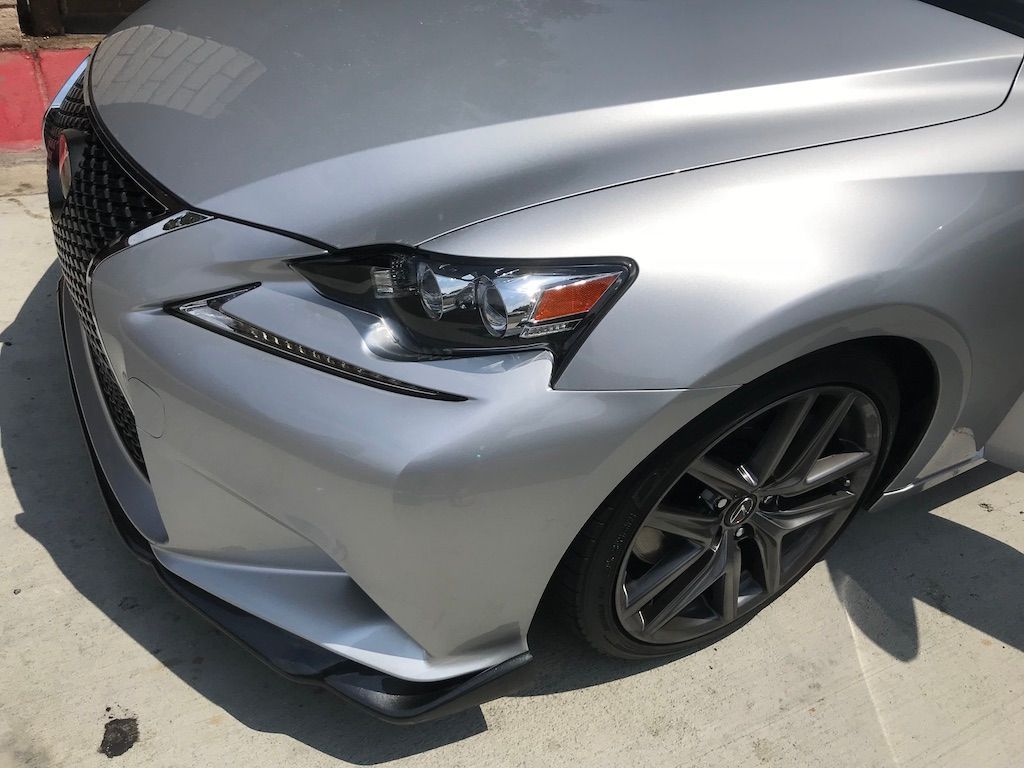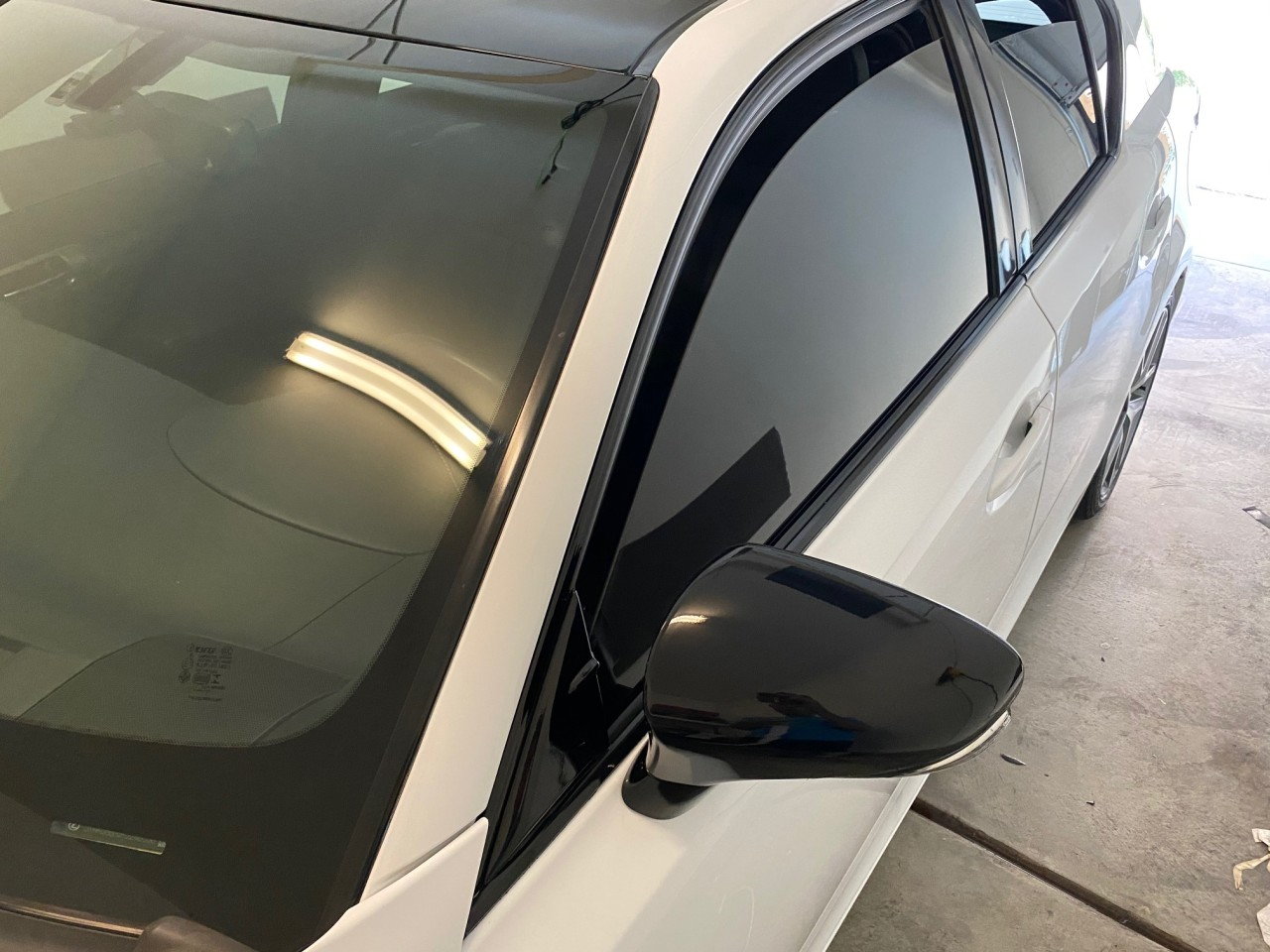Rinseless Wash
I've recently discovered Rinseless Wash. I've heard of Rinseless and Waterless Wash before, but always sort of thought they were gimmicks and never gave it proper thought. I am super picky about my car's finish. And my car is black so I'm ultra sensitive to underperforming products. So a few months ago I gave it a proper try and it's now my preferred way to wash. I wash weekly, sometimes twice a week since it's so easy and fast. I wish I had discovered this method sooner!
Traditional soap and water washes have their place for sure. For example if your car is super dirty & soiled, a pressure wash with buckets of soapy water is the way to go.
For the enthusiast that cleans their car often, and you have only light to medium dirt build up, Rinseless Wash is the way to go... if you do it safely and use common sense practices! I highly advise AGAINST using any Touchless wash for your Tesla which seems to be the ultra trendy thing to do. Those extremely harsh chemicals will burn seals and trim causing oxidation. We see it time and time again on the forums as well as cracked charge port doors from the pressure. Wash your car the safe, effective, and fun way.
Why use Rinseless Wash?
1) It saves money. You use 256:1 dilution ratio of any of the three above. This means 1 ounce for every gallon -- which is about one cap full (about 1/2 oz) of Absolute or DIYDetail per gallon or 1 cap full (which is 1 oz) of ONR per TWO GALLONS (ONR uses a big cap). Me personally? I tend to fill my bucket with three gallons of water and I get TWO complete car washes out of it. I could probably get a third wash out of it but I'm a bit on the picky side!
2) It's safer than traditional washing. The three products above use polymer technologies. Essentially the polymers encapsulate the dirt (think of a science bear hug) and break it down into smaller pieces and lift the dirt off the paint. With the right wash medium to collect it (more on this later) the dirt will come off the car safely and be deposited in the bucket when you rinse.
3) It's fast & clean. Doing one panel at a time, you can work efficiently and have minimal mess. You can wash your car in the privacy of your garage and don't have to pull out the hose or drive to the car wash.
How to use Rinseless Wash?
Step 1) Fill a bucket with 2 to 3 gallons of water (I'll provide links to everything I use below). Make sure you have a grit guard to catch the dirt and keep it from being redistributed back to your wash medium (sponge, microfiber, etc) Insert the correct amount of Rinseless Wash into your bucket. 1 oz per gallon or 256:1 ratio.
Step 2) Pre-treat your car by misting/spraying the surface using the Rinseless Solution you just created (dip your sprayer into the bucket and fill it up with the pre-mixed solution) I'll link to my favorite pump sprayer below. There's all kinds. Pre-treating allows the product to soften and soak up and encapsulate the dirt to "work" the dirt by the time you get to it. This step is crucial! None of the manufacturers above say this is necessary but as an enthusiast, this is the way to go. Pay special attention to extra soiled areas and give them a bit more spray love than the other parts. Examples: Fender/door behind the wheel, rocker panels, back hatch/trunk area. I usually spray extra solution in these areas. Be liberal! It's cheap!
Step 3) Dip your wash medium into the bucket. Wring out extra solution into the bucket and use the wash medium when it's barely dripping -- do not use the wash medium soaking/dripping wet. You want it on the verge of dripping. This scientifically allows the rinseless polymers to do their work and let the wash medium pick up the dirt rather than leaving it on the paint. WASH ONE OR TWO PANELS at a time for best/easiest results. Wipe your wash medium in straight lines or motions. I tend to use an "S" pattern starting at the top working my way to the bottom of one panel. Then dip, rinse, wring out, and repeat on the next panel. The cooler it is outside (or inside) the more panels you can wash at a time. BE GENTLE. Do not "scrub" the paint. Let gravity do the work. You are doing a contact wash, not pressure wash. Just wipe. do NOT scrub. Yes polymers are doing their work but use common sense.
Step 4) Dry. No need to rinse. Dry using the same motions above. Straight light S pattern from top to bottom, panel per panel. Avoid pressure points. Avoid hard pressure. Bonus: Use a drying aid for extra shine and resistance to water spots. Links below.
In summary: Pre-Treat by spraying/wetting panel with pre-mixed solution, Dip your sponge into your bucket, wring out to verge of dripping, and gently wipe each dirty panel one or two at a time (door, fender, quarter panel, hood), then simply dry! Dip and rinse sponge between each panel cleaning!
My Recommended Products
Yes these are affiliate links which I receive a small commission for every dollar spent. It does not affect you. But I do genuinely use these products for my personal rinseless wash. I appreciate your support.
1) CG Bucket. - Yes it's a bucket but it comes with a fancy sealed lid and doubles as a stool you can sit on. Plus the next item is absolutely critical and is made specifically for this CG bucket
2) Cyclone grit guard - This traps & funnels dirt to the bottom of the bucket where the dirt cannot travel back up into your sponge and back onto your paint scratching it. This takes the standard usual grit guard you may have seen and takes it to the next level. Protect your paint from scratches.
3) Pump Sprayer - This is a cheap basic pump sprayer with an adjustable brass nozzle. It works well. Though I will probably upgrade to an IK pump sprayer next -- a purpose built german pump sprayer well known in detailing circles!
4) Ultra Black Sponge - Ultra vital. This sponge is hands down the best wash medium in the business. It will last years and is carefully engineered for use with Rinseless Wash. It uses laser etched cuts to trap dirt. Dip it in your bucket after wiping each panel and scrub it against the grit guard to dislodge any sand/dirt you may have lifted off your paint. Remember to be gentle and use straight lines. You are basically sweeping dirt away in straight motions. Rinse after every panel. You can wring it out and let air dry after each use or you can leave it in your bucket for the next wash. I tend to get two washes out of every 3 gallon bucket full of rinseless. Save it for your next wash!! This sponge is thick and avoids pressure points. Pressure points scratch.
5) The Rag Company Guantlet Premium Drying Towel. I can't say enough good things about this towel. Worth every penny. Quite simply the best towel in the business hands down. Fold this towel in fours (or as thick as possible) and wipe dry in straight lines. This towel is thick and avoids pressure points from your hands. Pressure points scratch. Notice a theme here regarding pressure points?
7) Adam's Graphene Detail Spray - I mist this on every panel (1 or 2 sprays) immediately before drying with the gauntlet towel. This does two things: it aids drying and adds a bit of protection until my next wash.
8) Chemical Guys V7 Optical - I feel like this is an under dog. This is an older product but I swear by it. No detail spray has given me the results this does as a last step. This is my final show car magic step. It goes on super smooth and gives incredible gloss and slickness, smells great, and dries free of any residue. Truly a magical product I stand by. I wipe it on with these magical microfibers from the Rag Company.
Really -- you don't need every item on this list. You can get by honestly with just any of the Rinseless Wash, any old bucket, and microfibers. But for best results I recommend at least using the UBS sponge and a grit guard and the Gauntlet drying towel. You can also use any spray bottle to mist/pre-treat the panels. The other stuff is icing on the cake. Who doesn't like icing?
